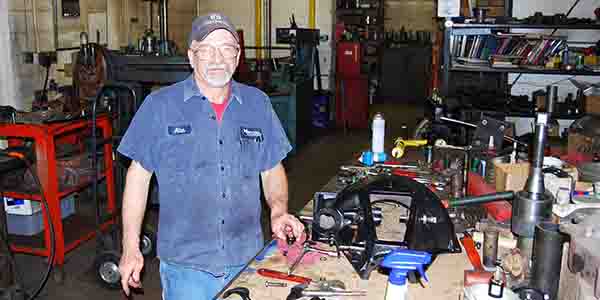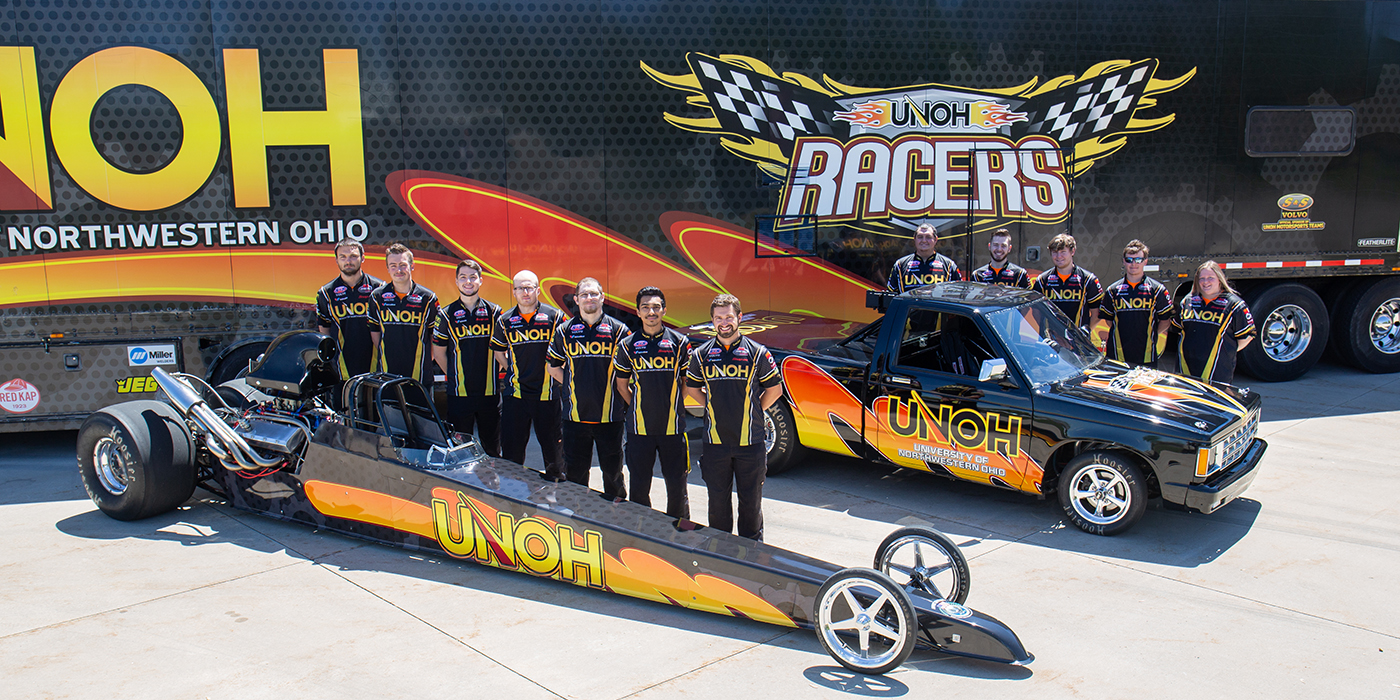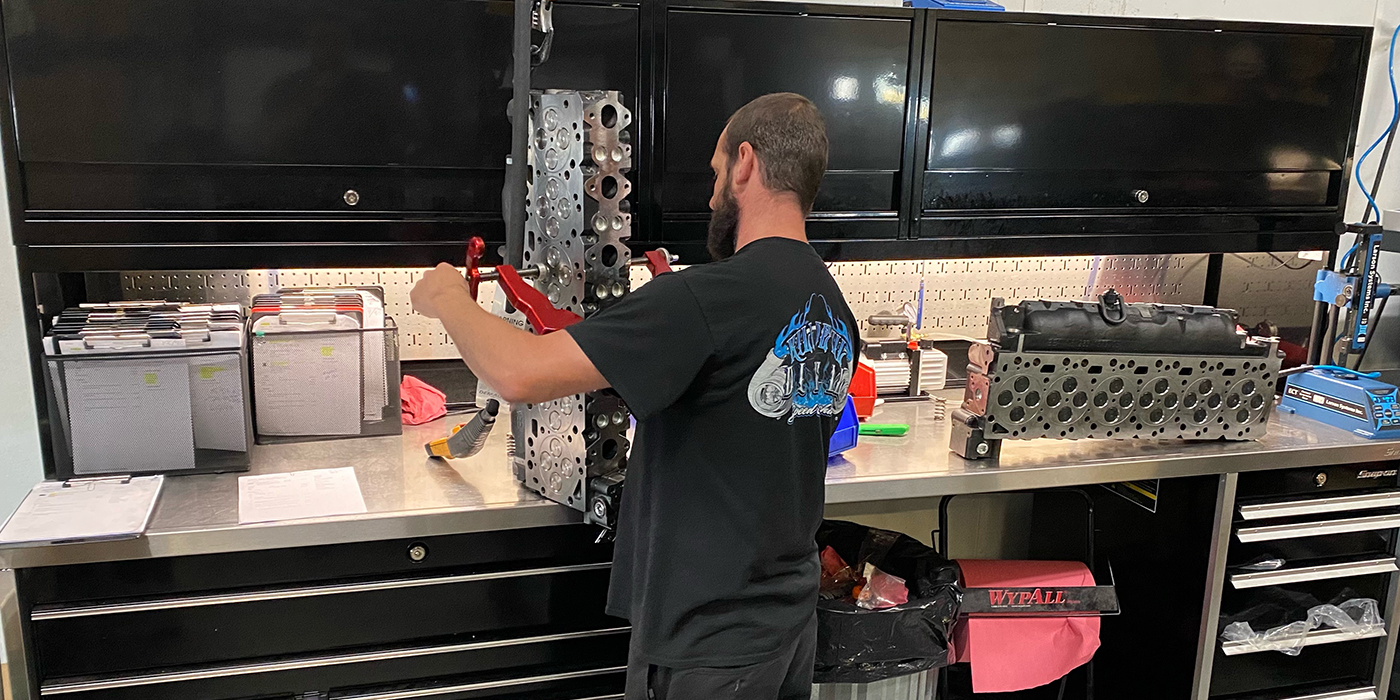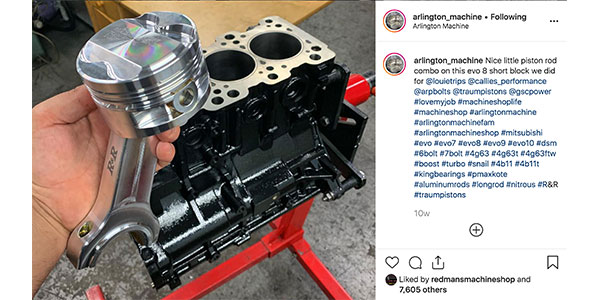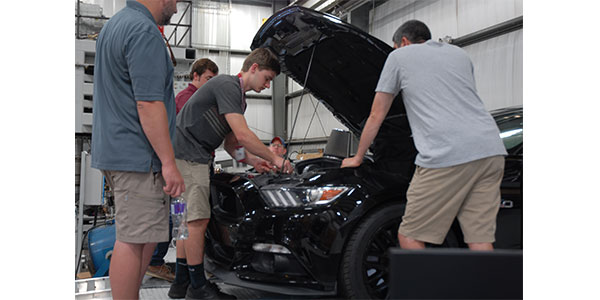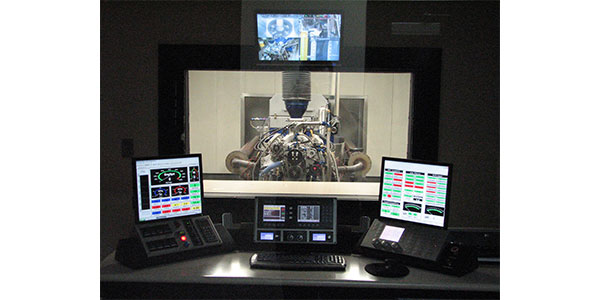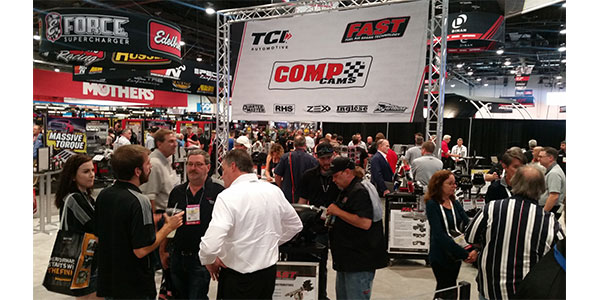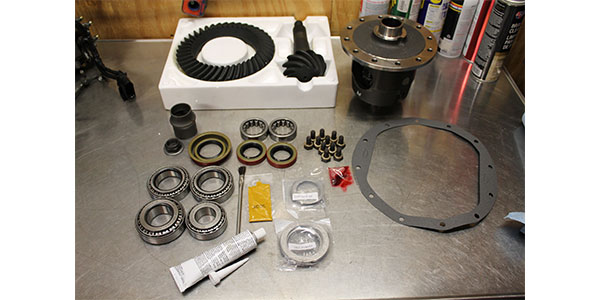Every build starts with the end in mind. What are your goals? What are you trying to achieve? Building a successful business is no different.
Building an engine is gratifying. Whether you’re making a race engine used for the short term or a power unit that may run for decades with little or no maintenance, a successful build is rewarding. In the same way, owning and operating a business can be uniquely edifying. You get to shape a company according to your vision. You get to be the boss.
But, as we know, owning a business involves a great deal of hard work, strategic risk-taking, and stress. Because of this, owners often overlook a key concern when running their company – their retirement. This is like assembling an engine with no idea what it will be used for.
Given that you are likely focused on day-to-day operations, it certainly makes sense that you have not thought how you will convert the value of your business into a robust source of retirement income. And when you compare your small business to a large corporation, it can seem as if there are very few retirement options available. Fortunately, much like aftermarket parts, there are many different strategies and solutions that help you build a retirement plan, ensuring that, in the end, you are able to reap the rewards of your hard work.
Not only can a carefully crafted retirement plan build your retirement resources, it can reap tax-benefits for the business, the employee or the owner. In some cases, these business planning solutions can also be used as a tool to attract and retain key employees.
Here is a brief overview of some important small business retirement planning strategies:
• Deferred Compensation – In a deferred compensation plan, a portion of earned income is deferred, providing both the owner and employee current tax benefits. These plans can be structured in a number of ways, without impacting the business’ cash flow when an owner or employee retires.
• Executive Bonus Plans (162 Plans) – Executive bonus plans can be a great way to attract and retain top employees, while reaping tax benefits for your business. For the self-employed or for small business owners, 162 plans can also be used as a way to build retirement resources.
• SEP or SIMPLE IRA – Incurring low admin expenses, SEPs and SIMPLE plans allow an employer to directly fund a retirement account for themselves and/or their employees. Contributions into a SEP or SIMPLE are tax deductible and businesses incur no tax liability on earnings.
401(k) – A 401(k) plan allows an employer to deduct contributions to an employee’s retirement account, including contributions to their own accounts. Contributions are generally tax-deferred. If an owner is a sole proprietor without any common law employees, then they may qualify for an Individual 401(k). Self-employed individuals may find a self-funded 401(k) to be a great tool for tax reduction.
• Life Insurance – Cash value life insurance products, such as Indexed Universal Life policies, can be incorporated into retirement schemes to provide protection, tax-benefits, and an accessible source of income in retirement.
• Annuities – With the option for tax-deferred growth and the ability to generate guaranteed lifetime income, some types of annuities may appeal to many self-employed individuals/small business owners.
What will work for your needs and objectives will depend on your unique situation, which is why consulting with a financial services professional can be helpful. Certainly, there are other issues to consider, especially if you are planning on selling your business and using those proceeds for retirement. But ignoring your retirement now while you build your company can leave you in a situation with no clear path forward. My advice is to speak with a financial professional that can help you build your financial plan the way you build a successful engine, with the end in mind from the start.
To speak with Kevin Stack, owner of Noble Venture Financial Group about your shop’s financial situation – or anything else – you can reach him by phone at 919-279-3846. Or email him at [email protected].

